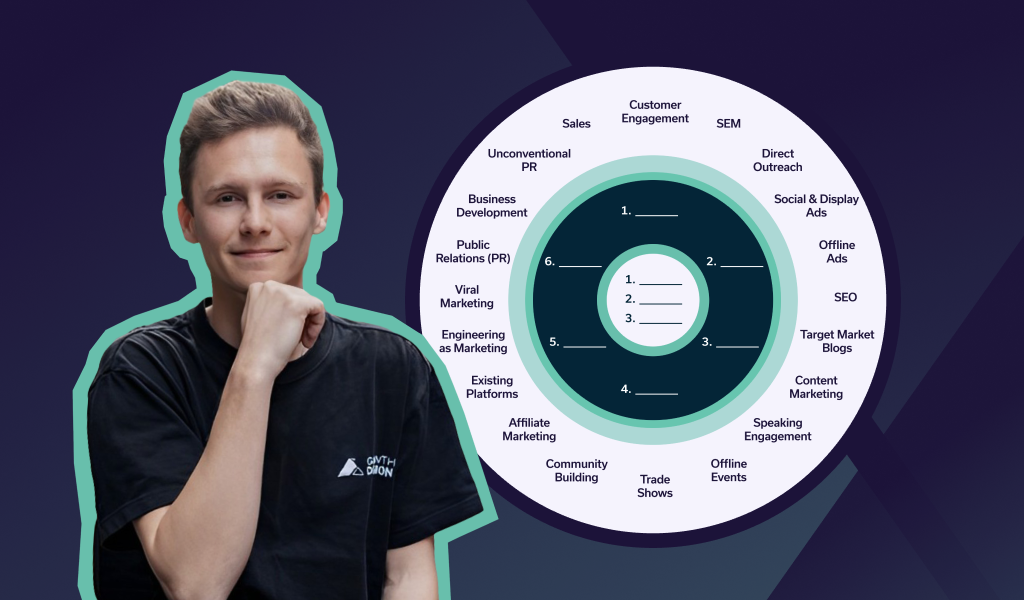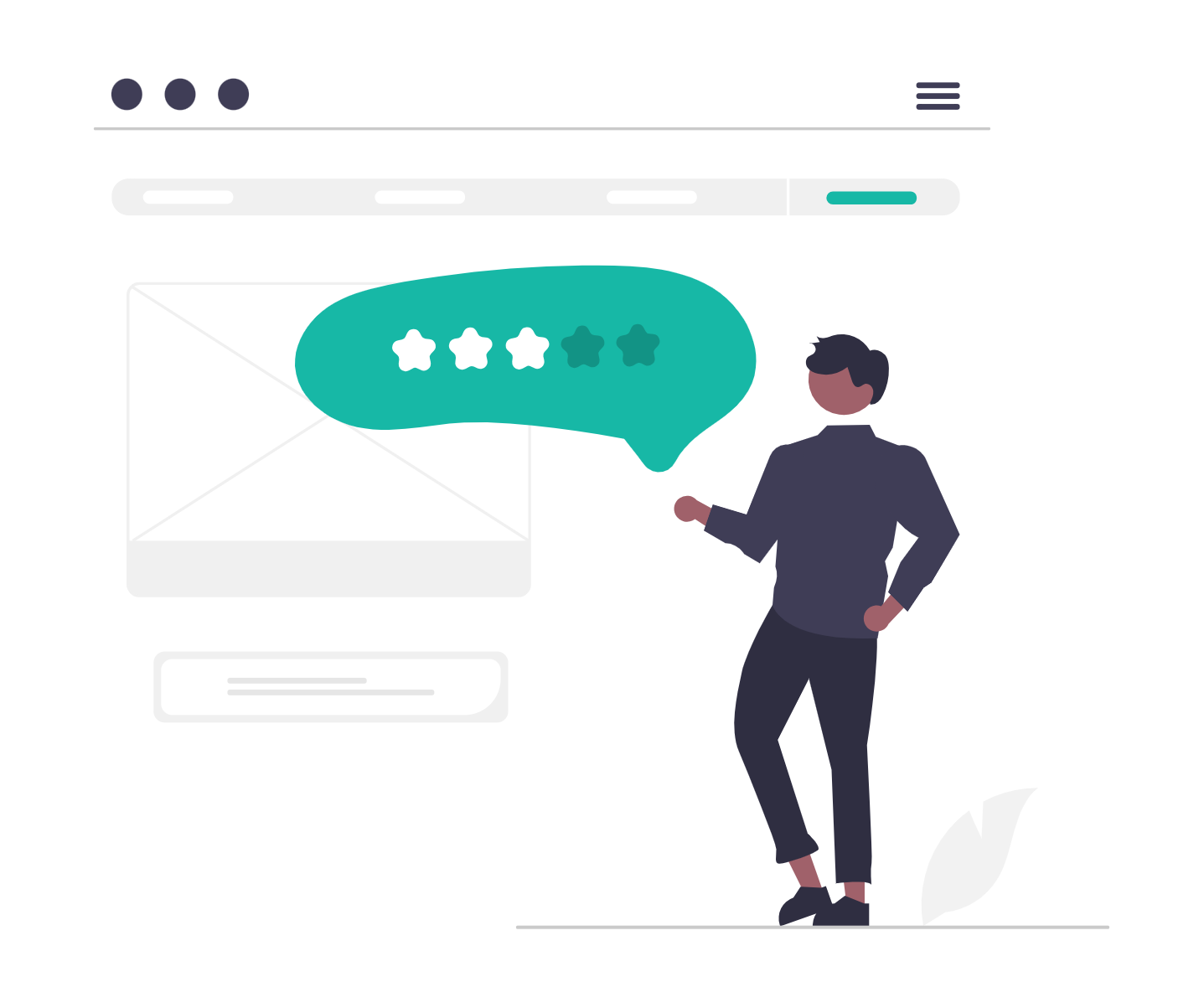LinkedIn is not just a platform for job searching and professional networking. It is also a powerful tool for building and engaging a community of like-minded professionals. By understanding the importance of a LinkedIn community and implementing effective strategies, you can unlock new opportunities for growth, collaboration, and personal branding. In this article, we will explore the key steps to building and engaging a community on LinkedIn, from optimising your profile to measuring success.
Understanding the Importance of a LinkedIn Community
LinkedIn has become the go-to platform for professionals to connect, share ideas, and build relationships. It serves as a hub for industry-specific discussions, thought leadership, and networking opportunities. A thriving LinkedIn community can open doors to potential clients, job opportunities, partnerships, and valuable insights. When you invest time and effort into building and engaging your community, you position yourself as an authority in your field and gain credibility among your peers.
The Role of LinkedIn in Professional Networking
LinkedIn is not just a digital resume but a dynamic network of professionals from diverse industries and backgrounds. It allows you to showcase your expertise, connect with industry leaders, and stay updated on the latest trends. By actively participating in discussions, sharing valuable content, and providing insightful comments, you can establish yourself as a valuable contributor to the community.
For example, imagine you are a marketing professional looking to expand your network. LinkedIn provides you with the opportunity to connect with other marketing professionals, learn from their experiences, and gain valuable insights into industry best practices. You can join relevant groups, participate in discussions, and share your own expertise to contribute to the community.
Additionally, LinkedIn offers various features that enhance professional networking. One such feature is the ability to search for and connect with professionals based on specific criteria, such as industry, location, and skills. This makes it easier to find and connect with individuals who share similar interests or can offer valuable insights.
Why Building a Community on LinkedIn Matters
Building a community on LinkedIn goes beyond building connections – it's about nurturing relationships. The people you connect with can become valuable collaborators, mentors, or even customers. A strong community fosters trust, loyalty, and reciprocity, with members supporting each other's professional goals.
For instance, let's say you are a freelance graphic designer. By actively engaging with a community of fellow designers on LinkedIn, you can not only gain inspiration and learn new techniques but also collaborate on projects. Your connections can refer clients to you, providing you with a steady stream of work opportunities.
Moreover, by engaging with a community, you gain access to a wealth of industry knowledge, diverse perspectives, and potential client referrals. The discussions and interactions within the community can expose you to different ideas, trends, and strategies that can help you stay ahead in your field.
Furthermore, building a community on LinkedIn allows you to establish yourself as a thought leader in your industry. By consistently sharing valuable content, insights, and thought-provoking discussions, you can position yourself as an authority and gain the respect and recognition of your peers.
In conclusion, LinkedIn offers immense opportunities for professional growth and networking. By actively participating in and building a community, you can expand your network, gain valuable insights, and establish yourself as a credible and influential professional in your field.
Setting Up Your LinkedIn Profile for Community Building
Before diving into community building, it's crucial to optimise your LinkedIn profile to attract the right audience and make a lasting impression. Here are some key steps to consider:
Optimising Your LinkedIn Profile
Your LinkedIn profile is your virtual business card. It should be professional, engaging, and reflective of your personal brand. Start by crafting a compelling headline that summarises your expertise and value proposition. Use keywords relevant to your industry to enhance visibility in searches. Additionally, make sure your profile photo is high-quality and portrays professionalism.
Highlighting Your Expertise and Interests
Your LinkedIn profile allows you to showcase your skills, experience, and interests. Utilise the featured section to highlight projects, articles, or certifications that demonstrate your expertise. Additionally, consider including a concise summary that reflects your professional journey and aspirations. By showcasing your unique interests and passions, you can attract like-minded professionals to engage with your content.
Strategies for Building Your LinkedIn Community
Now that your profile is primed for community building, it's time to focus on strategies to expand your network and connect with the right audience.
Connecting with the Right People
Quality over quantity should be your mantra when building your LinkedIn community. Focus on connecting with professionals who align with your industry, interests, and values. Leverage LinkedIn's search tools to find relevant connections and send personalised connection requests. When reaching out, highlight common interests or connections to establish a genuine rapport.
Joining Relevant LinkedIn Groups
LinkedIn groups provide a fertile ground for community building and engagement. Find groups that resonate with your niche or industry and join the conversation. Actively participate by sharing insights, asking thought-provoking questions, or offering support to fellow group members. By consistently engaging, you can build relationships, expand your network, and establish yourself as a knowledgeable contributor in your field.
Creating Your Own LinkedIn Group
If you want to take community building to the next level, consider creating your own LinkedIn group. By starting a group focused on a specific interest or industry, you can become the facilitator of valuable discussions and foster a sense of belonging. Invite relevant professionals to join and share content that aligns with the group's goals. As the group grows, encourage members to actively participate and engage with one another.
Engaging Your LinkedIn Community
Building a community is one thing, but keeping it engaged is another. To ensure ongoing participation and foster a vibrant community atmosphere, you need to actively engage with your audience.
Sharing Valuable Content
Sharing valuable and relevant content is a cornerstone of community engagement on LinkedIn. Create and curate content that addresses the needs and interests of your community members. This could include industry insights, tips and tricks, success stories, or thought-provoking questions. By providing value, you position yourself as a go-to resource and encourage interactions from your community.
Starting Conversations and Encouraging Interaction
Engagement is a two-way street. Initiate conversations by asking questions, seeking feedback, or sparking discussions around relevant topics. Encourage your community members to share their perspectives and experiences. Respond to comments and messages promptly, showing genuine interest in what your audience has to say. By fostering an environment of open dialogue, you create a sense of community ownership.
Leveraging LinkedIn Polls and Events
LinkedIn offers features like polls and events to engage your community in a more interactive way. Polls allow you to gather insights, conduct market research, or spark debates. Use events to organise virtual meetups, webinars, or panel discussions. These interactive tools not only keep your community engaged but also showcase your leadership in orchestrating meaningful conversations.
Measuring the Success of Your LinkedIn Community
As with any growth initiative, measuring success is key to refining your strategy and maximising your impact. Here are some metrics to consider when evaluating your community's success:
Tracking Engagement Metrics
Monitor key engagement metrics such as likes, comments, shares, and profile views. These numbers provide insights into how well your content resonates with your community and how active your members are.
Evaluating the Quality of Interactions
Beyond the quantity of interactions, pay attention to the quality. Look for meaningful conversations, constructive feedback, and collaborations initiated within your community. A vibrant community is one where members actively engage and support each other.
Adapting Your Strategy Based on Feedback and Results
Listen to your community members' feedback and adapt your strategy accordingly. Use surveys, polls, or one-on-one conversations to gather insights on what they want to see more of and how you can improve their experience. Continuously iterate and experiment with new content formats, discussion topics, or community events.
Building and engaging a community on LinkedIn takes time, dedication, and a genuine passion for connecting with others. By leveraging the platform's features, staying active, and providing value, you can create a thriving community that enhances your professional journey and opens doors to new opportunities.
Talk to a Growth Advisor
We create a clear, focused marketing strategy by combining our expertise with your knowledge of your business.
Trusted by over 130 startups because our unique growth process and team of marketing experts unlock exponential growth










